
Need assistance?
Need Assistance? Call Us 0330 058 0631





















 Book a service
Book a service

15/08/2024 • by Lynsey B
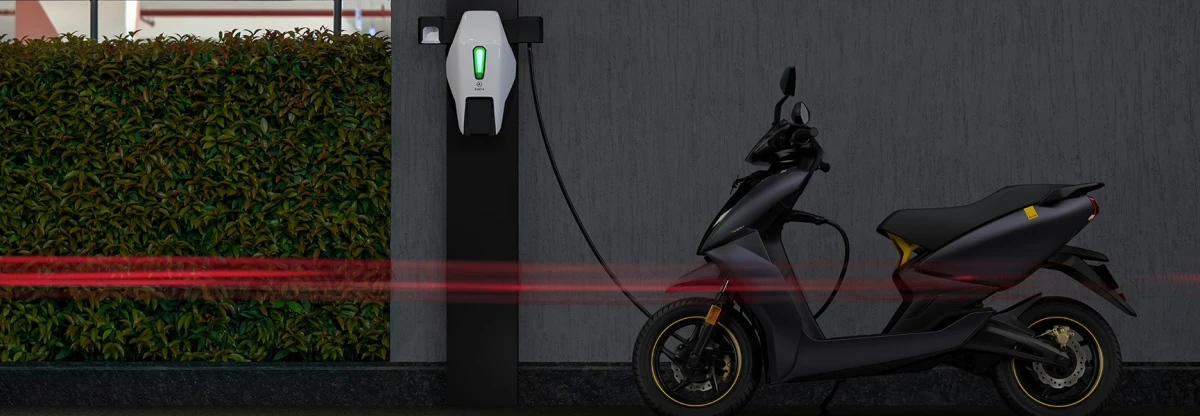
Lithium-ion batteries are increasingly becoming a cornerstone of modern technology, powering everything from smartphones and laptops to electric vehicles and drones. However, with their widespread use comes a growing concern about their potential dangers, particularly when it comes to fires. This blog post will explore the importance of lithium-ion fire extinguishers, how they work, when and where to use them, and why a lithium-ion fire blanket can also be a crucial tool in fire safety. We will also discuss the potential hazards of lithium-ion batteries, how to recognise a failing battery, and which industries should consider investing in these specialised fire safety measures.
Lithium-ion batteries, commonly known as Li-ion batteries, are a type of rechargeable power source that has become indispensable in today’s technology-driven world. Their fundamental operation involves the movement of lithium ions between two electrodes: a negative electrode (anode) and a positive electrode (cathode). During the charging process, lithium ions travel from the anode to the cathode, storing electrical energy. When the battery discharges, the ions move back to the anode, releasing energy to power various devices.
One of the primary reasons lithium-ion batteries have become so popular is their impressive energy density. They can store a significant amount of energy relative to their size and weight, which makes them ideal for use in portable electronics like smartphones, laptops, and tablets. This high energy density allows for longer use between charges, contributing to the convenience and efficiency of these devices.
Additionally, lithium-ion batteries have a long life cycle, meaning they can endure numerous charge and discharge cycles before their performance starts to degrade significantly. This longevity reduces the need for frequent replacements, making them a cost-effective choice over time.
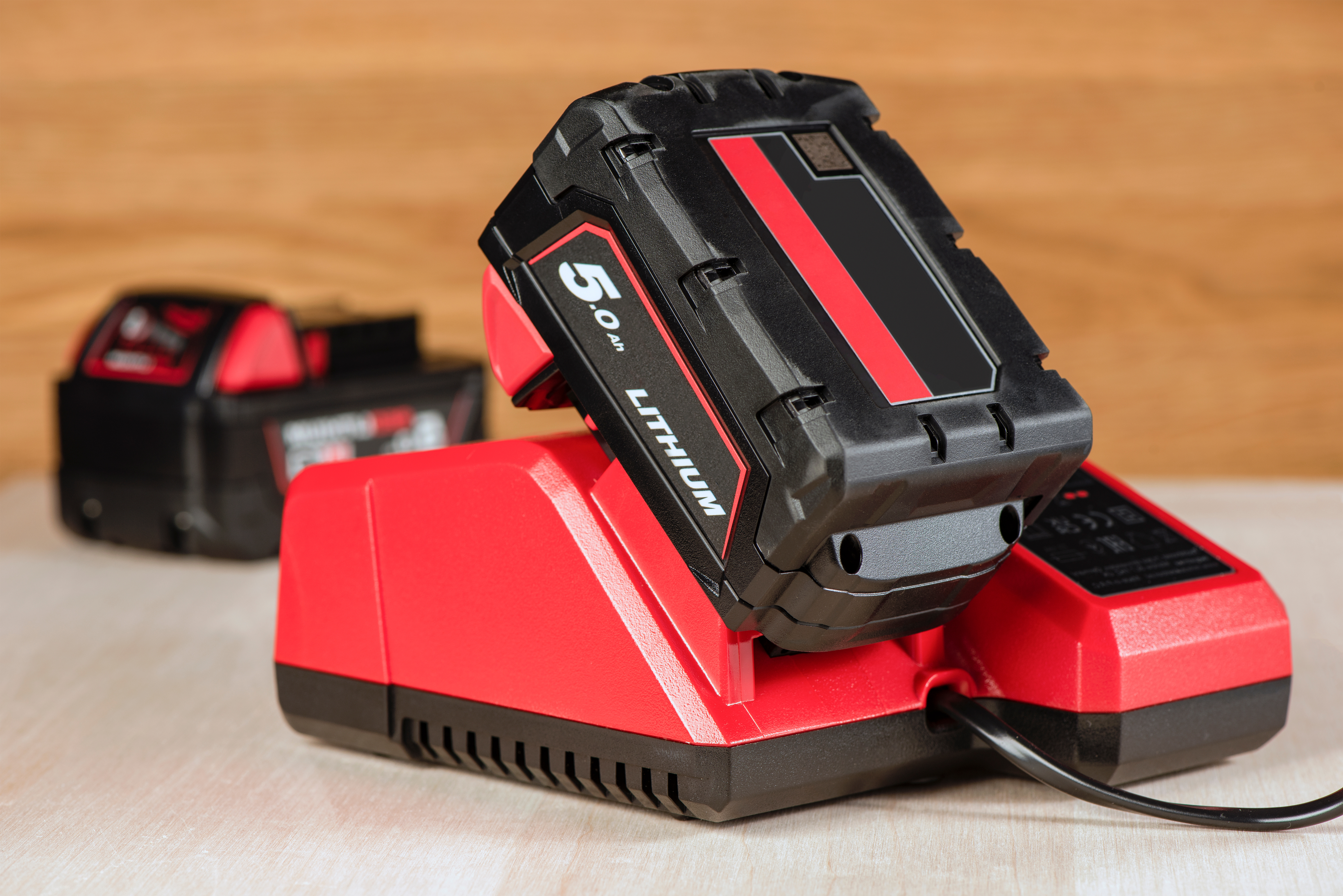
Lithium-ion batteries are found in a vast range of products across various industries. Their compact size and high energy output make them ideal for many modern applications, including:
Electric scooters and bikes have become increasingly popular as eco-friendly alternatives to traditional modes of transportation. Lithium-ion batteries are at the heart of these vehicles, providing the necessary power to achieve impressive speed and range while maintaining a lightweight and compact design.
Vaping devices, also known as e-cigarettes, rely heavily on lithium-ion batteries to function. These devices require a compact and powerful energy source that can provide consistent power to heat the e-liquid and produce vapour.
Cordless power tools, such as drills, saws, and sanders, are commonly powered by lithium-ion batteries. These tools are essential in various industries, including construction, manufacturing, and home improvement, where mobility and ease of use are paramount.
In the retail sector, shop till scanners are essential tools for streamlining the checkout process. These devices rely on lithium-ion batteries to maintain portability and reliability, ensuring that they can operate continuously throughout a busy day of transactions.
One of the most ubiquitous uses of lithium-ion batteries is in laptops, smartphones, and tablets. These devices are indispensable in modern life, enabling communication, entertainment, and productivity on the go.
The rise of smart home technology has brought lithium-ion batteries into homes in a variety of devices, from smart thermostats and security cameras to voice-activated assistants and robotic vacuum cleaners. These devices require reliable, long-lasting power to function effectively.
In the healthcare sector, lithium-ion batteries are used in a wide range of medical devices, including portable monitors, defibrillators, and infusion pumps. These batteries provide critical power for devices that often need to be portable and reliable.
Electric vehicles, including cars, buses, and motorcycles, are some of the most high-profile applications of lithium-ion batteries. As the world shifts towards more sustainable modes of transportation, EVs are becoming increasingly common on our roads.
Drones and unmanned aerial vehicles (UAVs) rely on lithium-ion batteries for their power. These batteries are essential for providing the necessary energy to keep drones in the air for extended periods while carrying out tasks such as aerial photography, surveying, and even deliveries.
Lithium-ion batteries are generally reliable and safe when used properly, but they carry inherent risks that can lead to catastrophic failure if not managed carefully. The most critical hazard is thermal runaway, a chain reaction within the battery that causes its temperature to rise uncontrollably, often triggered by factors such as physical damage, manufacturing defects, or exposure to excessive heat.
As the battery's temperature escalates, it can exceed 1000°C, igniting the flammable electrolyte inside and posing a severe fire risk. This intense heat can quickly cause surrounding materials to catch fire, making the situation difficult to control.
Additionally, the burning of lithium-ion batteries releases toxic fumes, including harmful gases like hydrogen fluoride, which are dangerous to inhale. Given these potential dangers, it is crucial to implement specialised fire safety measures, especially in environments where lithium-ion batteries are widely used.
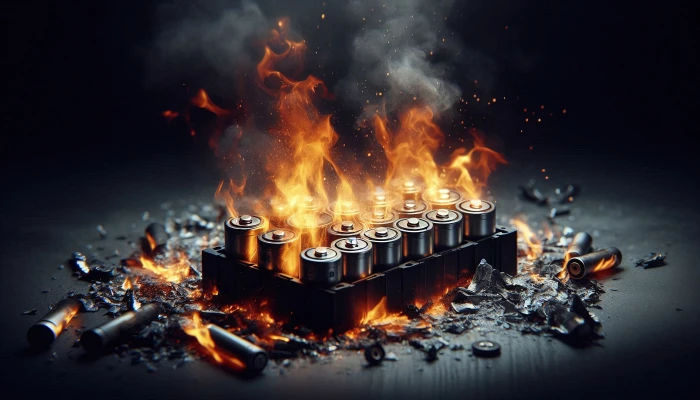
Traditional fire extinguishers are ineffective against lithium-ion battery fires because these fires are driven by internal chemical reactions and involve extremely high temperatures, which conventional extinguishing methods like water or foam cannot manage. Lithium-ion fires are complex and challenging to control, requiring specialised equipment specifically designed to tackle the unique characteristics of these fires. This is where lithium-ion fire extinguishers come into play, as they are engineered to address the specific hazards associated with lithium-ion battery fires.
Lithium-ion fire extinguishers work by cooling the battery with agents such as specialised foam or water mist, which rapidly reduce the temperature and help to halt the thermal runaway process. In addition to cooling, these extinguishers release agents that smother the fire by cutting off its oxygen supply, thereby preventing the fire from spreading further. Another function of these extinguishers is to prevent re-ignition by ensuring that any residual heat or sparks are neutralised. Proper use of a lithium-ion fire extinguisher, following the manufacturer's instructions and ensuring it is rated specifically for lithium-ion battery fires, is essential for effectively managing these dangerous fires.
In addition to a lithium-ion fire extinguisher, having a lithium-ion fire blanket on hand is an invaluable tool for containing and controlling battery fires. These blankets are crafted from fire-resistant materials capable of withstanding extremely high temperatures, making them ideal for smothering and isolating lithium-ion battery fires. When a battery fire occurs, the fire blanket can be quickly deployed over the burning device, containing the flames and limiting the spread of the fire. This is particularly beneficial in small spaces or environments where there is a high risk of the fire spreading to nearby materials.
The effectiveness of a lithium-ion fire blanket lies in its ability to reduce the oxygen supply to the fire by covering it completely, which is important for controlling the flames and preventing them from intensifying. Additionally, the blanket provides protection to surrounding objects and surfaces from the intense heat and potential damage caused by a lithium-ion battery fire. Lithium-ion fire blankets are easy to use and serve as an effective first line of defence before resorting to a fire extinguisher. They are particularly useful in settings where lithium-ion batteries are frequently used, such as workshops, garages, or laboratories, offering a quick and practical solution to a potentially dangerous situation.
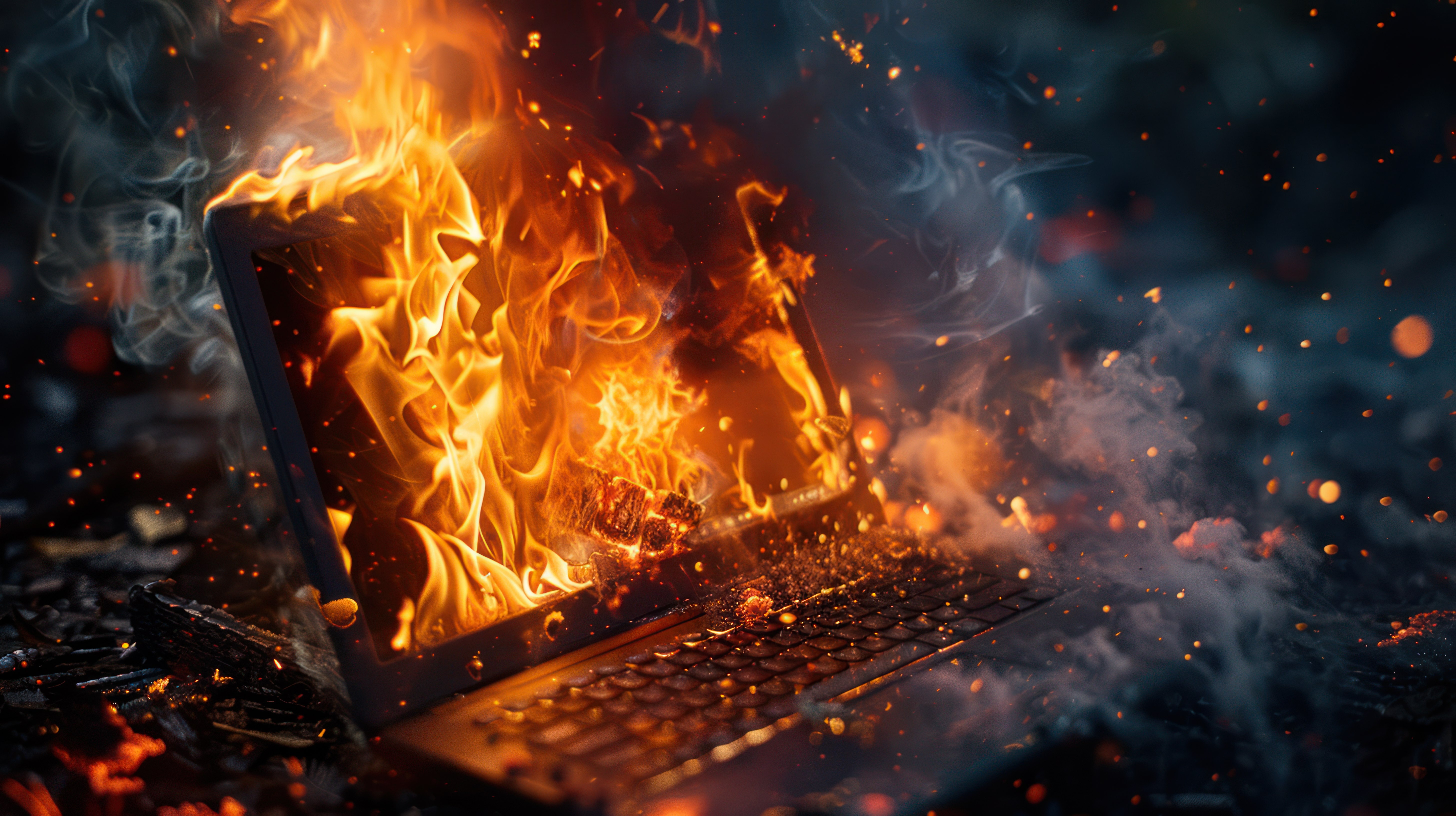
Given the widespread use of lithium-ion batteries across numerous sectors, the risk of fires related to these batteries has become a significant safety concern. Many industries must now consider the potential hazards and take appropriate precautions to protect their workers, assets, and facilities. Below, we delve deeper into the key sectors where lithium-ion fire extinguishers should be a priority, exploring the specific risks and challenges they face.
Warehouses serve as central hubs for storing vast quantities of goods, many of which contain lithium-ion batteries. From consumer electronics like smartphones and laptops to electric vehicles and power tools, warehouses often house products with high energy-density batteries. This concentration of lithium-ion cells in a single location can lead to severe consequences if a fire breaks out.
Manufacturing facilities that produce or assemble products containing lithium-ion batteries are particularly vulnerable to fire hazards. The assembly process often involves handling raw lithium-ion cells, which can be sensitive to physical damage, short circuits, or exposure to contaminants. In such environments, even a minor error or equipment malfunction can trigger a dangerous situation.
While offices may not seem like high-risk environments, the growing reliance on electronic devices powered by lithium-ion batteries means that fires related to these batteries can still pose a significant threat. Modern offices are filled with laptops, smartphones, tablets, and even backup power supplies, all of which contain lithium-ion cells.
The transportation and logistics sector is responsible for moving goods worldwide, including those containing lithium-ion batteries. Whether it is through road, air, or sea, the risks associated with transporting these batteries are significant. Fires that occur during transit can be especially dangerous, as they may go unnoticed until they have escalated to a critical level.
Retail environments, particularly those that specialise in electronics, often stock large quantities of products powered by lithium-ion batteries. This can include everything from smartphones and tablets to e-scooters and laptops. With the high foot traffic in these environments, the risk of a lithium-ion battery fire is particularly concerning, as it could endanger both employees and customers.
Data centres are essential infrastructure for the digital economy, housing servers and other equipment that are often powered by lithium-ion batteries, particularly in Uninterruptible Power Supply (UPS) systems. These batteries ensure that servers continue to operate even during power outages, making them vital for maintaining continuous service.
Healthcare facilities, including hospitals and clinics, increasingly rely on medical devices powered by lithium-ion batteries. These devices range from portable defibrillators and monitoring equipment to infusion pumps and even electric wheelchairs. Ensuring these batteries function safely is important, as their failure could not only cause a fire but also disrupt life-saving treatments.
Buses, trains, and even aircraft are increasingly powered by lithium-ion batteries, particularly as the transportation sector shifts towards more sustainable, electric-powered vehicles. These batteries are essential for the operation of electric buses, hybrid trains, and the growing number of electric planes being developed.
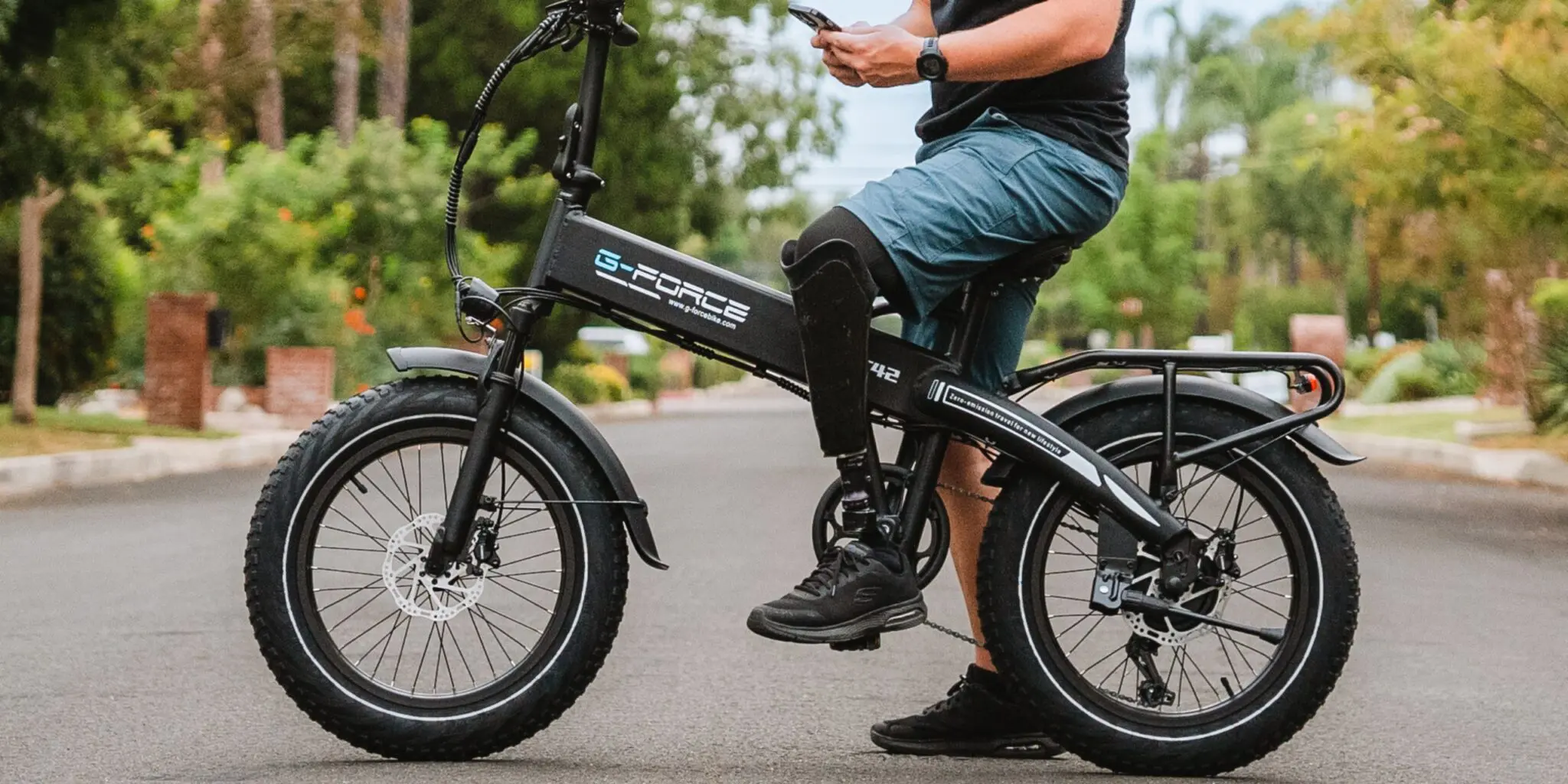
One of the best ways to prevent lithium-ion battery fires is to identify and address faulty batteries before they pose a risk. Several warning signs can indicate that a lithium-ion battery is failing and potentially dangerous. Swelling or bulging of the battery is a clear sign of internal damage, and such batteries should be dealt with immediately. A swollen battery is at a high risk of overheating and could lead to a fire if not handled promptly.
Another vital indicator is excessive heat; while some heat is normal during use, a battery that feels unusually hot to the touch, especially when it is not being charged or used, may be on the verge of failure. This could signify that the battery is experiencing internal issues that could lead to a dangerous situation.
Unusual odours are another red flag. A burning smell or any strange odour emanating from a battery suggests it might be leaking, damaged, or at risk of catching fire. Similarly, a noticeable decline in performance, such as the battery no longer holding a charge as well as it used to or discharging rapidly, can be a sign of degradation. Although reduced performance alone might not indicate an immediate fire risk, it often precedes more serious issues.
Finally, visible damage to the battery, such as dents, punctures, or cracks in the casing, should be taken seriously. Damaged batteries are more likely to fail and can be a fire hazard. If you observe any of these warning signs, it is crucial to stop using the battery immediately and dispose of it properly. Many communities offer recycling programmes specifically designed to handle and safely process damaged lithium-ion batteries.
We use cookies to enhance your site experience. Choose your preferences below.
